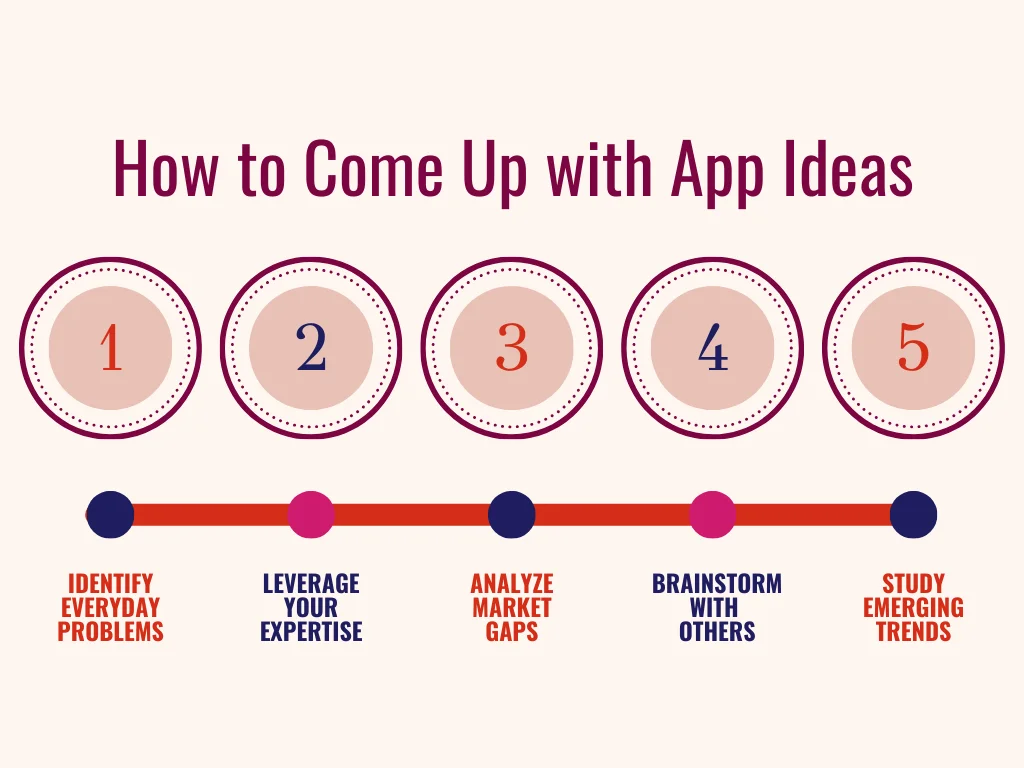
Many businesses struggle with high user churn, failing to recognize that engagement is rooted in psychology. Users stick with apps that provide value, seamless experiences, and emotional gratification.
Understanding the psychology behind user engagement and retention helps businesses implement strategies that captivate users and drive long-term success. Let’s explore some proven methods to increase app engagement and create an app that users can’t resist.
Table of Contents
Understanding the Psychology Behind App Engagement
Why do some apps keep users hooked while others fade into oblivion? The secret lies in understanding human psychology and applying the right user engagement strategy to make your app indispensable.
Modern users are bombarded with choices. If your app doesn’t create an emotional connection, solve a problem effectively, or provide an intuitive experience, users will churn faster than you can say “app uninstalled.”
People naturally gravitate toward apps that align with their psychological needs. The three fundamental psychological principles driving app user engagement are:
- Intrinsic Motivation: Users engage with apps that provide entertainment, learning, or personal satisfaction. Fitness apps, for example, leverage progress tracking to keep users motivated.
- Cognitive Ease: Apps that are simple and easy to use naturally see higher engagement. Overly complicated interfaces create friction and push users away.
- Emotional Triggers: Apps that connect with users on an emotional level—whether through nostalgia, humor, or personalization—see better retention rates.
The Science of User Engagement and Retention
App engagement is deeply tied to human behavior. People seek apps that offer convenience, value, and a sense of achievement. Here’s how psychology plays a role in app user engagement:
The Habit Loop
Users develop a habit of using an app when it triggers a need (e.g., boredom, curiosity, urgency). Reinforcing this habit through personalized notifications, progress tracking, and rewards strengthens mobile app retention. Apps like Duolingo and Headspace use streaks, reminders, and achievement badges to keep users engaged.
Instant Gratification
Apps that provide immediate value encourage repeat usage. Fast load times, smooth navigation, and instant responses increase user engagement metrics. Users are more likely to return if they can accomplish their goals quickly and effortlessly. Features such as one-click purchases, autofill forms, and seamless integrations reduce friction and enhance usability.
Social Proof and FOMO
User reviews, testimonials, and social media shares influence behavior. Gamification elements such as leaderboards, referral incentives, and community challenges further enhance app user retention. When users see their friends interacting with an app, they are more likely to stay engaged. Apps like Instagram and Strava leverage social proof by showcasing user activity and encouraging participation in trends.
Variable Rewards
The uncertainty of rewards keeps users hooked. Apps that use randomized prizes, surprise discounts, or unpredictable incentives leverage this principle to increase user engagement. For example, gaming apps and loyalty programs often provide surprise bonuses, reinforcing user behavior and increasing retention.
Proven Strategies to Boost App Engagement
Now that we understand the psychology behind user engagement and retention, let’s explore how to increase user engagement on an app with actionable strategies:
1. Personalization and Customization
Modern users expect tailor-made experiences. AI-driven recommendations, user preferences, and customized dashboards make interactions more meaningful, increasing app engagement metrics.
- Use machine learning to analyze user habits and suggest relevant content or features.
- Allow users to customize their app experience with themes, layouts, or notifications.
- Deliver personalized push notifications with targeted offers or updates.
- Implement dynamic in-app experiences where content adjusts based on user activity and engagement patterns.
2. Push Notifications Done Right
Sending relevant and timely notifications can boost app engagement without annoying users. The key is to make notifications actionable and valuable.
- Avoid generic messages; use user data to personalize notifications.
- Implement smart scheduling to ensure notifications reach users at optimal times.
- Provide exclusive incentives or time-sensitive updates to drive immediate action.
- Use A/B testing to determine which types of push notifications perform best and optimize accordingly.
3. Gamification and Reward Systems
Incorporating badges, levels, and rewards fosters motivation and encourages users to keep coming back. This method significantly improves the mobile app engagement strategy.
- Introduce point-based systems where users earn rewards for completing tasks.
- Use leaderboards and challenges to encourage competition and social interaction.
- Offer loyalty programs with redeemable points, discounts, or exclusive content.
- Develop achievement-based milestones, where users receive digital trophies or certificates for their progress.
4. In-App Messaging for Instant Connection
Providing real-time customer support and onboarding tips via in-app messaging increases trust and improves user engagement metrics.
- Implement AI chatbots to assist users 24/7 with common queries.
- Use onboarding messages to guide new users and enhance the first-time experience.
- Send in-app surveys to gather user feedback and improve engagement strategies.
- Incorporate proactive support features, where the app anticipates user issues and provides solutions before they arise.
A clunky interface can drive users away. Focus on intuitive design, fast loading speeds, and easy navigation to increase app engagement.
- Optimize app performance to reduce lag and crashes.
- Ensure a clutter-free UI with clearly defined call-to-action buttons.
- Use A/B testing to refine design elements based on user preferences.
- Implement gesture-based navigation, voice commands, and AI-driven interfaces to enhance user experience.
6. Community Building and Social Features
Enabling user interactions within the app fosters a sense of belonging. Features like discussion forums, social media integration, and user-generated content help retain users longer.
- Allow users to create profiles and connect with others.
- Implement sharing options so users can post achievements, reviews, or activities.
- Host community events, live sessions, or Q&A forums to increase engagement.
- Develop niche-based social circles where users with similar interests can interact and exchange ideas.
Final Thoughts
User engagement is an ongoing process that requires understanding user psychology and adapting your strategies accordingly. By optimizing personalization, notifications, gamification, and seamless UX, you can ensure your app remains a daily essential for users.
If you’re looking for expert guidance on crafting a high-retention app, our web app development company specializes in creating user-centric apps that drive long-term engagement. Let’s get in touch and build something great together!




